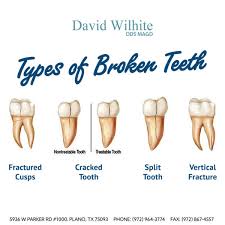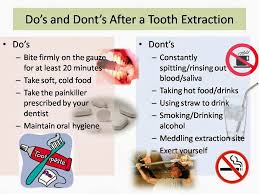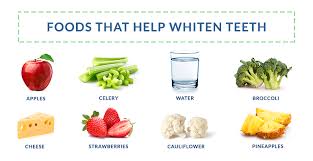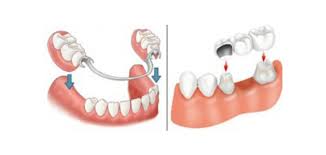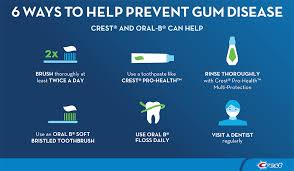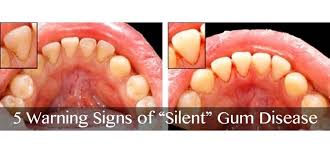Best Oral Hygiene Routine, We all know that we have to take care of our oral health.
Best Oral Hygiene Routine Not only it’s preventing us from spending unnecessary money to cure any future damages, but it is also a boost to our confidence.
Having that gorgeous and white smile is something to be proud of.
Hence, the following should be the daily oral hygiene routine you should do to achieve and maintain a healthy mouth and teeth.
• Brush
• Floss
• Rinse
• Visit
Best Oral Hygiene Routine
Best Oral Hygiene Routine , Brushing the teeth is a no-brainer routine.
All of us brush our teeth every day. But to clean the mouth thoroughly, one must brush the teeth for at least two minutes. Equally, brush all the quadrants of the teeth and the top and back of the tongue.
It is recommended to use toothpaste with fluoride to strengthen the defense of the enamel against the cavity.
Best Oral Hygiene Routine, Flossing is the jelly of the peanut butter. Flossing after brushing the teeth is required so that food remains that the bristles can’t reach will be cleaned. If those remains stayed for too long, it would make the breath smell bad.
Best Oral Hygiene Routine, I was rinsing the mouth with mouthwash. According to several studies, gargling the mouth with water after brushing is only causing the fluoride to be wiped out. Hence, a mouthwash is recommended so that the teeth will have its defense against bacteria.
What is the Best Oral Hygiene Routine ?
- Switch to a Soft-bristled Brush. …
- Start by Brushing in the Back. …
- Add Mouthwash and Gum to Your Routine. …
- Snap a Video Selfie. …
- Don’t Brush Too Often. …
- Don’t Linger Over Sipping Sugary Drinks. …
- Eat Teeth-whitening Foods. …
- Wash Your Toothbrush Holder. When was the last time you gave your toothbrush container a good scrubbing?
9 Tips to Boost Your Best Oral Hygiene Routine
There’s more to a sparkling smile than just brushing and flossing. So for World Oral Health Day,
we’re getting to the root of dental care best practices with these to-dos that can help ensure your teeth are as healthy as can be.
1.Wait Before You Brush
In the habit of starting your morning off with a glass of orange juice? You’re going to want to hold off on brushing for a while afterwards.
2.Switch to a Soft-bristled Brush
You likely already know you should change your toothbrush every two to three months (or sooner if the bristles are frayed), but if you’re using a hard brush, consider replacing it now. Medium- and firm-bristled toothbrushes may leave your teeth feeling cleaner, but they can be very abrasive—and damaging over time.
3.Start by Brushing in the Back
This good habit may mean that you do a better job cleaning those hard-to-reach spots—which is essential because all of those nooks and crannies in your molars make them more susceptible to gum disease and cavities.
4.Add Mouthwash and Gum to Your Routine
If you’re doing twice-a-day brushing and flossing, you may feel that’s good enough. But rinsing with an antimicrobial mouthwash, like Listerine® Antiseptic Mouthwash, afterwards will kill more oral bacteria, helping to fight plaque. After you brush and floss, swish vigorously for 30 seconds twice a day.
9 Johnson & Johnson Inventions That Changed Life as We Know It Another recommendation is to chew gum. Sugar-free gum can help reduce the amount of bacteria in your mouth, and it stimulates salivary flow, which bathes the teeth with calcium and phosphate ions that help replenish tooth enamel, says Dr. Lynch.
5.Snap a Video Selfie
It may feel silly, but filming your toothbrushing sessions could help improve your technique, according to research published in the Indian Journal of Dental Research.
6.Don’t Brush Too Often
The recommendation used to be to brush after every meal. Brushing too often can damage your gums and the enamel on your teeth, and because of that, twice a day is enough, advises Dr. Lynch.
7.Don’t Linger Over Sipping Sugary Drinks
While you should limit the amount of sugary drinks in your diet, if you are going to have a beverage like soda, sweet tea or coffee with sugar and cream, it’s better to have it all at once, rather than sipping it throughout the day.
8.Eat Teeth-whitening Foods
It’s true: Some foods can actually help keep your pearly whites, well, white.
Raw, coarse, fibrous foods—such as celery, cucumbers, apples, pears, carrots and lettuce—help scrub tooth surfaces and remove some of the plaque that’s accumulated, which can make teeth appear yellow, Dr. Lynch explains.
9.Wash Your Toothbrush Holder
When was the last time you gave your toothbrush container a good scrubbing?
It doesn’t just hold your brush—it also holds onto many of the germs that occupy your bathroom. A study by the National Sanitation Foundation found that toothbrush holders are the third germiest household item (your dish sponge and kitchen sink take the first and second spots).
Best Oral Hygiene Routine , Visiting your dentist at least twice a year is significant. Your dentist does not require you to visit monthly, but every six months, this is to check and clean the teeth. Although you may be doing the three steps above, other issues may still arise, and it is best to consult your dentist for it.
Luminous Smile Dental, we always have the helping hand any time of the day. Visit us now!
